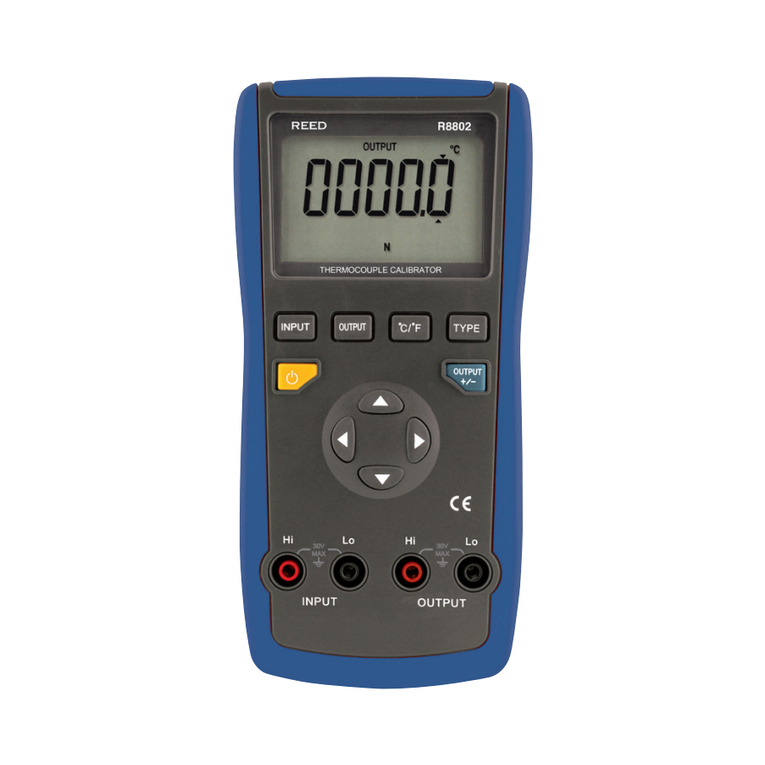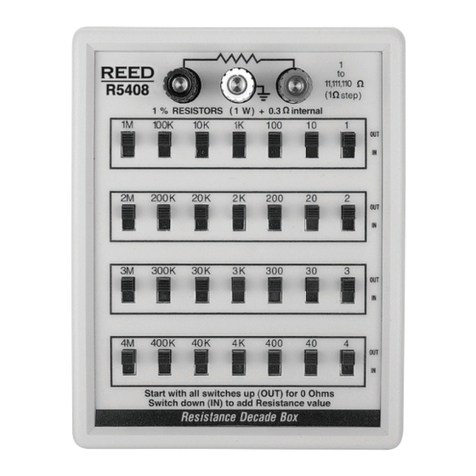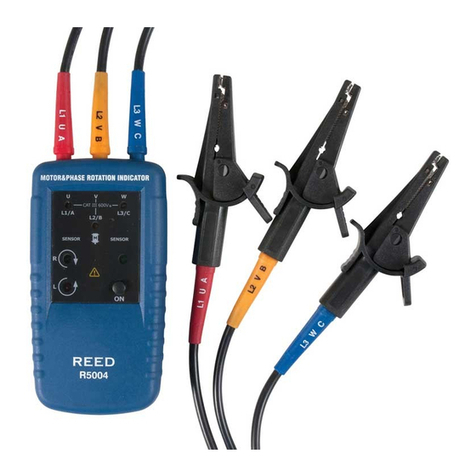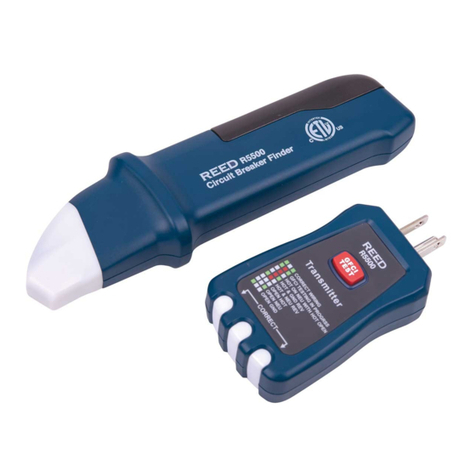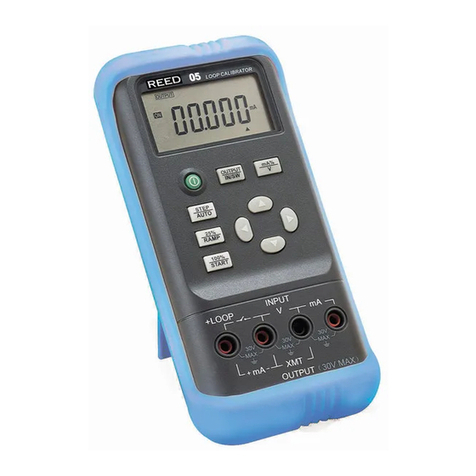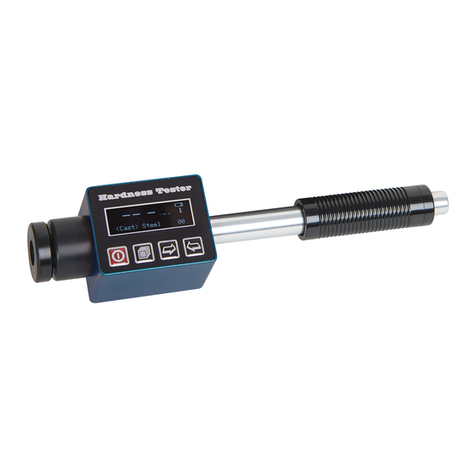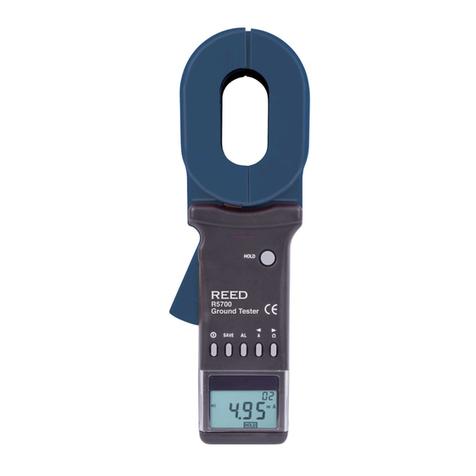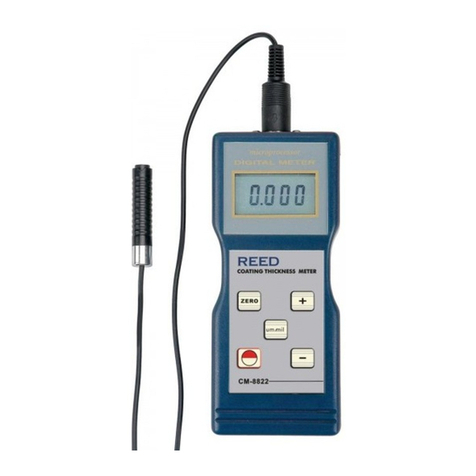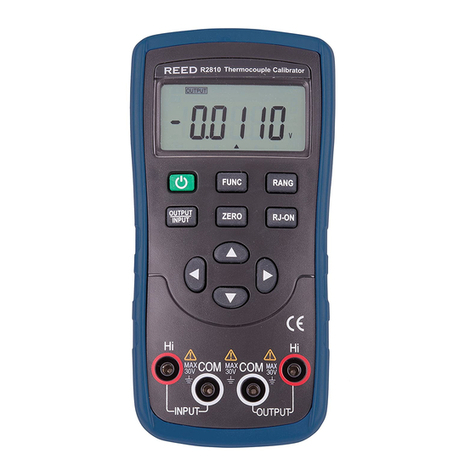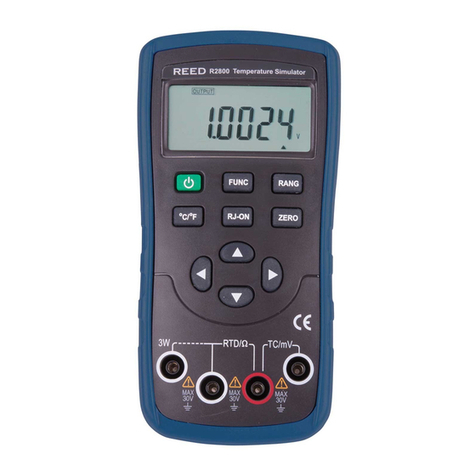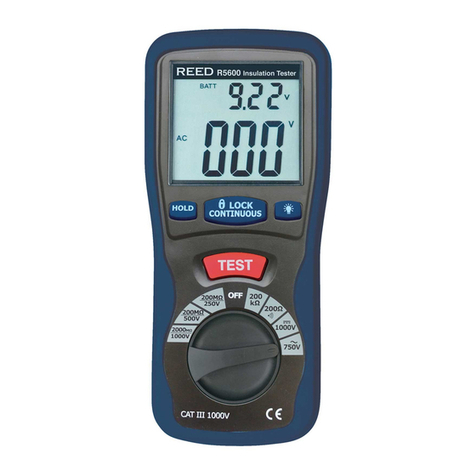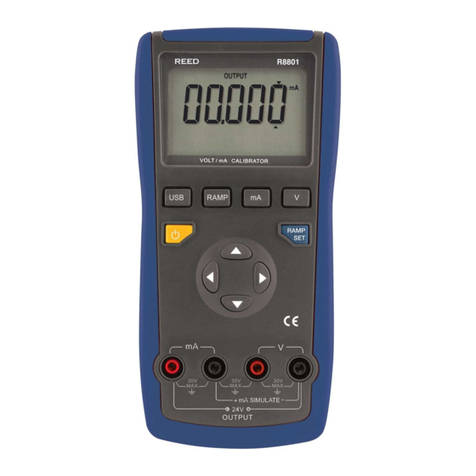- 7 -
OUTPUT :
Press the key〔OUTPUT / IN / SW〕when
the symbol OUTPUT appears. It denotes that the
Instrument is in a state of output.
INPUT :
Press the key 〔OUTPUT / IN / SW〕when
the symbol INPUT appears. It denotes that the
Instrument is in a state of input.
CAL : When the symbol CAL appears, it denotes
that the Instrument is in a state of calibration.
0 FS :
When the symbol ‘O’ or ‘FS’ appears during
the calibration, it denotes that the zero point or the full
scale point is being calibrated.
: When this symbol appears, it denotes that
the battery is nearly used up and needs replacing.
π : When this symbol appears, it denotes that
the output digits need setting.
V、mA 、% :
These symbols denote the units of both
present input and output values.
ON、OFF :
These symbols denote the turn-on or turn-off
of any input / output signals.
:These symbols denote the high and low-speed
auto-ramp, auto-step ramp.
Section Three Instrument Maintenance
This section provides some basic maintenance
procedures. Repair, calibration, and servicing not
covered in this manual must be performed by qualified
personnel. For maintenance procedures not described in
this manual, contact a Service Center.
General Maintenance
Periodically wipe the case with a damp cloth and
detergent; do not use abrasives or solvents.
zTake out the batteries if the Instrument will not be
used for a long time.
zDirt or moisture in the terminals can affect readings.
Clean the terminals as follows:
1) Turn the Instrument off and remove all test
leads.
2) Shake out any dirt that may be in terminals.
3) Soak a new swab with alcohol. Clean each
terminal with the swab.
Replacing the Batteries












